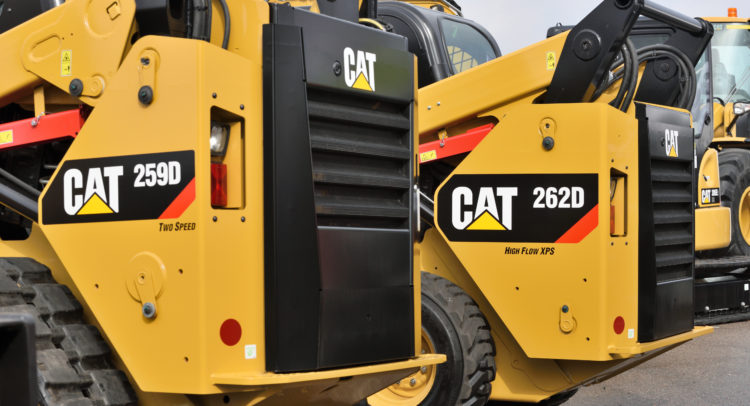Finning International (TSE: FTT) is a dealer and distributor of heavy-duty machinery and parts of the Caterpillar brand. The company sells and rents Caterpillar machinery to the mining, construction, petroleum, forestry, and power system application industries.
Elevate Your Investing Strategy:
- Take advantage of TipRanks Premium at 50% off! Unlock powerful investing tools, advanced data, and expert analyst insights to help you invest with confidence.
In this article, I will highlight why I have mixed feelings about Finning’s operating efficiency and current valuation.
Measuring Efficiency
Finning needs to hold onto a lot of inventory in order to keep the business running. Therefore, the speed at which a company can move inventory and convert it into cash is very important in predicting its success. To measure its efficiency, I will use the cash conversion cycle, which shows how many days it takes to convert inventory into cash. It is calculated as follows:
CCC = Days Inventory Outstanding + Days Sales Outstanding – Days Payables Outstanding
Finning’s cash conversion cycle is 108 days, meaning it takes the company 108 days for it to convert its inventory into cash. In the past several years, this number has been volatile with no clear trend.
Nevertheless, the company’s efficiency has improved over the past decade, with an average CCC number of 109 days over the last five years compared to an average of 117 days over the first five years.
In addition to the cash conversion cycle, let’s also take a look at Finning’s gross margin trend. Ideally, I would like to see a company’s margin expand each year unless its gross margin is already very high, in which case it is acceptable for it to remain flat.
In Finning’s case, its gross margin has been steadily decreasing in the past several years, falling from 29.9% in 2012 to 24.6% in the past 12 months. This is not ideal because it doesn’t allow the company the opportunity to increase free cash flow or reinvest a larger percentage of revenue into growth initiatives.
Valuation
To value Finning, I will use a single-stage DCF model because its free cash flows are volatile and difficult to predict. For the terminal growth rate, I will use the 30-year Government of Canada yield as a proxy for expected long-term GDP growth.
My calculation is as follows:
Fair Value = Average FCF per share / (Discount Rate – Terminal Growth)
C$25.67 = $1.72 / (0.1 – 0.033)
As a result, I estimate that the fair value of Finning is approximately C$25.67 under current market conditions. With its current price near C$31.80, the stock is likely overvalued.
Analyst Recommendations
Finning International has a Strong Buy consensus rating based on four Buys and one Hold assigned in the past three months. The average Finning International price target of C$44.60 implies 40.2% upside potential.

Final Thoughts
When analyzing Finning, I get mixed feelings about it. The company has become more efficient at converting inventory into cash but has seen margins decline.
In addition, a discounted cash flow valuation suggests that the company is overvalued. Yet, analysts have a very positive view of the company. Given that the company is cyclical in nature and the fears of a recession continue to grow, Finning is probably not the best investment to make right now.
















